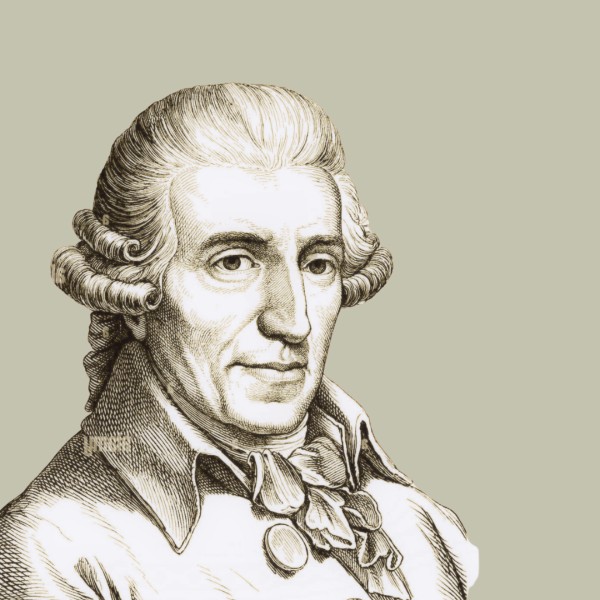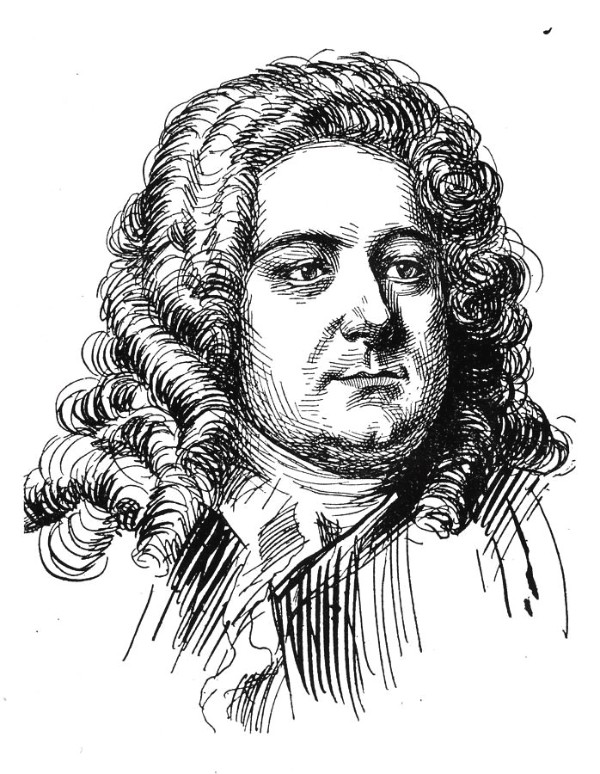
Rhine Falls
We had such exciting plans for the summer of 2021. Together with some of my best friends, we decided to take part in a musical river cruise. We had always heard that gliding along the world’s most exciting waterways was actually one of the most relaxing ways to travel. And since all of us are very excited about classical music, we looked for a cruise featuring excursions to locations of musical relevance, guided by musicologists and art scholars. But what is more, we found a cruise that hosted a dedicated string quartet and an exceptional pianist, who would entertain guests with daily concerts. Can you imagine, sipping a cocktail on the sun deck at sunset while listening to some of the most glorious chamber music ever composed? Of course, this wonderful river journey only lived in our imagination as Covid-19 cruelly put a halt to our best-laid plans.
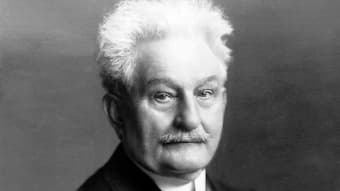
Leoš Janáček
Naturally flowing waterways, flowing towards an ocean, sea, lake or another river have always had special significance for humanity. Throughout human consciousness, the great rivers of this world have spiritually highlighted the paradoxical relationship between eternity and change. As metaphors for life itself, they simultaneously underscore all that is timeless and ephemeral in human experience and existence. Because rivers sustain life by renewing the fertility of the land, poetry, folklore, and music have long emphasized their purification and cleansing properties. Vested with enormous spiritual significance, rivers have given rise to temples, cities and civilizations, but they have also been used as material pathways for trade, the migration of people and ideas, and as natural or conceptual borders between countries. And since humanity is still not cleared for actual rivers cruising, we decided to embark on a number of musical river journeys, conceptually at least visiting some of the most prominent waterways in the world.
Leoš Janáček: Danube (Jana Valaskova, soprano; Slovak Philharmonic Orchestra; Libor Pešek, cond.)
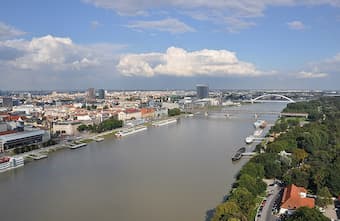
Danube River, Bratislava
In March 1923, Leoš Janáček visited the city of Bratislava, the capital of Slovakia. Sitting on the banks of the river Danube, Janáček decided to write a symphonic poem about the river. It has been said that Janáček always regarded the Danube as a Slav river, as it gently flows through four Slav states. In fact, Janáček had plans for a Danube river cruise from Belgrade to Bucharest and had engaged in extensive research on steamship timetables. In the end, he was unable to make the journey, but his symphonic poem was not actually looking for a musical description of a Danube cruise in the first place. According to this student, Janáček “was to treat the subject in his own idiosyncratic way, representing the Danube as a woman with all her passions and instincts.” At the time of his death in 1928, Janáček had drafted four movements of what might have been a five-movement symphonic poem. These four movements were arranged and completed by his student, and the fifth movement has recently been reconstructed as well.
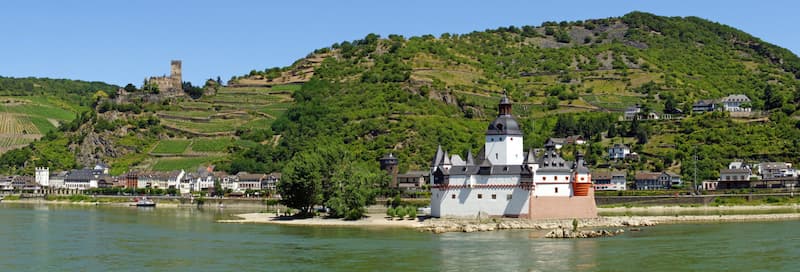
Castles Vinyards on the Rhine
We do know that Janáček based the first movement on the poem “Lola” by Alexander Insarov. It is the story of a prostitute who passes from a life of pleasure and gaiety “to a search for her lost palace and final destitution, cold and hungry.” In Janáček’s symphonic poem, Lola drowns herself in the river. The second movement was probably composed first, and it is based on the poem “The Drowned Girl.” A strange boy secretly observes a young girl bathing in the river, and full of shame, she throws herself into the river and drowns. The scherzo movement might perhaps be a representation of Vienna or the voice of nature, and the drowning motif returns in an intense fourth movement. The work is full of programmatic information, but sadly, the real significance of the Danube for Janáček will probably remain a mystery.
Chu, Wanghua, Liu, Zhuang, Sheng, Li Hong, Shi, Shucheng, Xu, Fei-sheng, Yin, Chengzong: The Yellow River Piano Concerto (Chengzong Yin, piano; Slovak Radio Symphony Orchestra; Adrian Leaper, cond.)
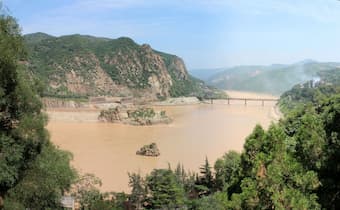
Yellow River
The Yellow River, considered since ancient times “the cradle of Chinese civilization,” has numerously given rise to poetic and musical depictions and interpretations. The Yellow River Cantata by Xian Xinghai (1905-1945), composed during the tumultuous years of the Japanese Invasion, quickly became a national musical epic. By using traditional folk-melodies as symbols of Chinese defiance against the invaders, Xian fashioned a composition that quickly shaped a Chinese national identity. Politically reawakened in 1969, this Cantata reemerged as a four-movement piano concerto. Entitled the Yellow River Piano Concerto, it represents a collective collaboration involving musicians from the Central Philharmonic Society.

The Yellow River Breaches its Course, from a series of paintings of water
The atmospheric “Prelude: The Song of the Yellow River Boatman” provides a vivid musical depiction of the untamed strength and power of the Yellow River. After a brief orchestral introduction, which borrows chromatic gestures from the “Eight Model Plays” of the Cultural Revolution, the soloist performs rapid arpeggiation spanning the entire range of the keyboard. This wave-like momentum in turn, gives rise to the quotation and subsequent virtuosic development of the “Song of the Yellow River Boatmen.”
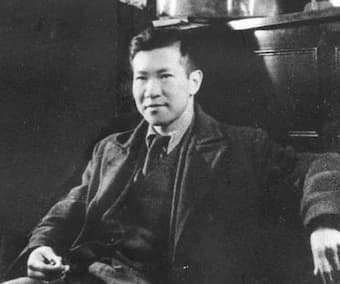
Xian Xinghai
Originally sung by a heroic tenor, the melody of the “Ode to the Yellow River,” is presented as a lush cello tune. Depicting the calm and picturesque landscape surrounding the Yellow River, this second movement provides a soothing musical hybrid that intermingles a late Romantic orchestration with pentatonic passages of nationalist flavour. A dizi and harp duet initiates the movement entitled “The Yellow River in Anger.” Initially, this tune provides a musical allusion to the Butterfly Lovers’ Concerto, before the “Ballade of the Yellow River” and the “Lament of the Yellow River” musically fend off all foreign invaders. The concluding movement “Defend the Yellow River” sparkles with patriotic tunes and the anthem of international socialism, combining musical methodologies borrowed from the West with source materials originating in China.
Ferde Grofé: Mississippi Suite (A Journey in Tones) (Hollywood Bowl Symphony Orchestra; Felix Slatkin, cond.)
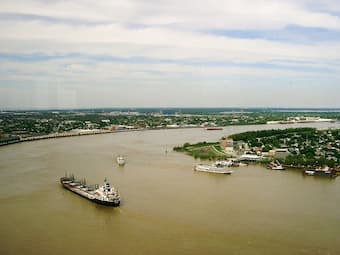
Mississippi River, New Orleans
The Mississippi River is one of the world’s major river systems in size, habitat diversity and biological productivity. It is also one of the world’s most important commercial waterways and one of North America’s great migration routes for both birds and fishes. Native Americans lived along its banks and used the river for sustenance and transportation. Early European explorers used the Mississippi to explore the interior and the northern reaches of what was to become the United States. Fur traders plied their trade on the river and soldiers of several nations garrisoned troops at strategic points, at various times, along the river when the area was still on the frontier. Flowing 2,250 miles from its source at Lake Itasca through the center of the continental United States to the Gulf of Mexico, the Mississippi River drains the vast area between the Appalachian and Rocky Mountains.
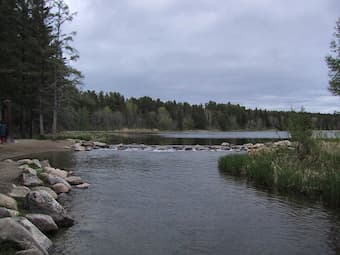
Lake Itasca
This great American river has been celebrated in history, legend, and art with Ferde Grofé composing his tone journey Mississippi Suite in 1925. Displaying his great gift for painting musical pictures, Grofé’s “Tone Journey” provided four vivid descriptions of the feats of Paul Bunyan and the adventures of Huckleberry Finn and Tom Sawyer.
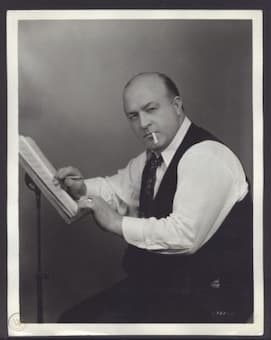
Ferde Grofé
The opening “Father of Waters” traces the humble beginnings of this mighty river as it gradually gains volume and smoothly flows through the plains. Grofé seemingly provides musical references to the earliest inhabitants of the riverbanks, the American Indian who gave the river its name. In the second movement “Huckleberry Finn,” Grofé depicts “the haunts of the roguish boy of Mark Twain’s famous story near the Mississippi.” “Old Creole Days” creates a romantic mood suggesting a lullaby sung in moonlit Louisiana gardens, while the concluding “Mardi Gras” depicts the carnival atmosphere in New Orleans. The lyricist Harold Adamson wrote words to the music of the ballad theme of the suite’s final movement, and the resulting song “Daybreak” reached the top 20 of the National Best-Selling Charts.
Enjott Schneider: Symphony No. 6 “Der Rhein” (Julia Sophie Wagner, soprano; Brno Janáček Opera Chorus; Brno Janáček Opera Orchestra; Hansjörg Albrecht, cond.)

Enjott Schneider © Manfred Schneider
In my little introduction to this article on musical river journeys, I told you that we had great plans for a classical music cruise, but I never did mention the river. Well, after considering all the possibilities we finally decided on the Rhine River. That river and the surrounding Black Forest region are mystical and legendary landscapes that shaped and embodied German character and provided the inspirations for German Romanticism. The Rhine has inspired a huge number of musical compositions, including a more contemporary contemplation by Enjott Schneider. Born in 1950, Schneider has composed eight operas, and numerous orchestral and chamber music works. Religious music is an important part of his compositional oeuvre, and he has writing oratorios, organ concertos, and sixteen organ symphonies. Not to be outdone, he has also written music for some six hundred films. Schneider was born and raised in the city of Weil am Rhein, and he relates, “the Rhine has always been a symbol of homeland and life itself, a companion and focal point to which I always wanted to pay tribute in music. 1238 kilometers long from its source in the Swiss Alps to the North Sea in Holland, the Rhine is the most important river in central Europe, and has throughout history been celebrated in myth and song. Germany is the Rhine’s largest watershed, and the German culture has traditionally identified with the river. The “Romantic” central sections of the river between Mainz and Cologne are sometimes considered symbolic of Germany itself and have long inspired poets, painters, and visitors from around the world.”

Rhine River
For Schneider, his “Rhine Symphony” is “more an expression of feeling than painting… intensified by the use of modern sound colours including a post-modern array of orchestral textures, and with the use of poetry and sung text.” It is strongly biographical and, according to the composer, “the musical embodiment of personal memories.” Four movements offer different moods and atmospheres, and the opening “Am Rheinfall” presents texts from Tacitus, Plutarch, and Martialis recalling the ancient history of the river “and evoke an archaic music that is gradually transformed into a virtuoso orchestral style.” The large-scale rondo “Of Castles, Wine, and Cloisters” immerses us into the worlds of knights and castles, but also the world of wine and monasteries with a text by Hildegard von Bingen. The famous Loreley poem is quoted in the third movement, and the concluding “On the Rhine, the beautiful river,” builds around Heinrich Heine’s poem of the same name.
Alexander Moyzes: Down the River Váh, Op. 26 (Slovak Radio Symphony Orchestra; Ondrej Lenárd, cond.)

Alexander Moyzes
When it comes to musical river journeys, nothing is as famous as Bedřich Smetana’s “Vltava” (The Moldau), the second work in a cycle of six tone poems entitled Má vlast (My homeland). Composed between 1874 and 1879, each poem depicts an aspect of the Bohemian countryside, and “Vltava” evokes the sound in and around one of Bohemia’s great rivers. If the “Vltava” is the most famous river in the Czech Republic, the “Váh” is the longest river in neighbouring Slovakia. Rising in the Tatra Mountains, the river describes a long arc to the west and south, eventually joining the Danube River.

Sunset view with Váh River
It became the subject of a symphonic suite by Alexander Moyzes, an important figure in the development of Slovak national music in the years leading up to 1918 and the establishment of Czechoslovakia. According to scholars, “Moyzes succeeded in creating a style of composition that was thoroughly Slovak in inspiration, yet nevertheless took account of contemporary trends in European music, a synthesis that he was to consolidate in his later years.” In 1935 he was asked to compose incidental music for a radio program about a new power station on the river Váh. Moyzes initially responded with a four-movement cycle, but expanded the composition ten years later. Clearly influenced by Smetana’s Vltava, he musically described the flowing river from its source to its mouth.
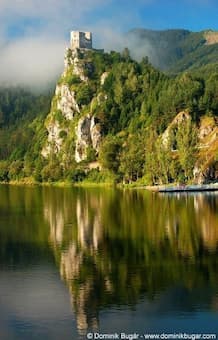
Strecno Castle
Moyzes wanted to make sure that the listener wouldn’t get lost, so he inserted literal commentary into the musical score. “At the Source,” is a “song coming through the sky- high peaks of the Tatra Mountains. Huge rocks on both sides guard the mother of all Slovak rivers. The Low Tatras open the gates for Black Váh…the torrent changes into a river, the song changes into a hymn. It hovers and expands from the peaks to the banks of the Danube and Morava rivers. “From Liptov to Orava” we “find a herdsman playing a lovely song on the shawm. The echo repeats it gently… and the tones disappear in the twilight.” In the area “Around Strecno,” the force of nature erupts. “There’s thunder and lightning, and strong wind is blowing on the mountains. Hey, Raftsman! Be careful! The sharp edges of the rocks are just under the water, the wild river is throwing you from side to side. But the raftsman knows how to ride and not to fall victim to the river. In spite of all the rough elements, his vessel is moving towards the ruins of the Strecno castle.” In “Romance,” Moyzes depicts the easy life of the nobles in the castles along the river. However, “the life of the poor people is hard and sad, and they put all the injustices into their songs. They show their grudge against their enslavers, but know that the day of reckoning will come.”
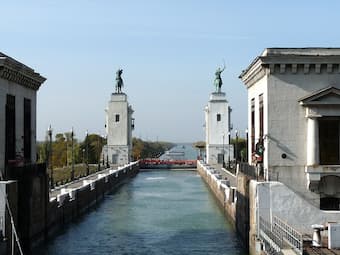
Volga-Don Canal
The concluding “Into the Danube’s Embrace” finds the “mother of all Slovak rivers on its journey through fertile plains. She’s singing her melody with a delightful rhythm. She is dancing here and there. Reeling waves dance on the water line, dazzled by a beam of summer sun. The river flow gets bigger and bigger, but the songs and dances of the meadow can still be heard… Just before waving farewell to their birthplace, the brave people resound in singing. They are free people under the Tatra Mountains.” Just as the Váh meets the Danube, so does the Volga meet the Don River. Actually, the meeting of these two famous rivers was only made possible by the construction of the 101- kilometer long Volga-Don Canal in 1952. Three months before the canal actually opened, Sergei Prokofiev treated listeners to a “Festive Poem” with the mysterious title “The Meeting of the Volga and the Don”. For this little survey of musical river journeys, I’ve picked some lesser-known compositions, which one was your favourite?
For more of the best in classical music, sign up to our E-Newsletter
Sergei Prokofiev: The Meeting of the Volga and the Don, Op. 130 (Philadelphia Orchestra; Riccardo Muti, cond.)

